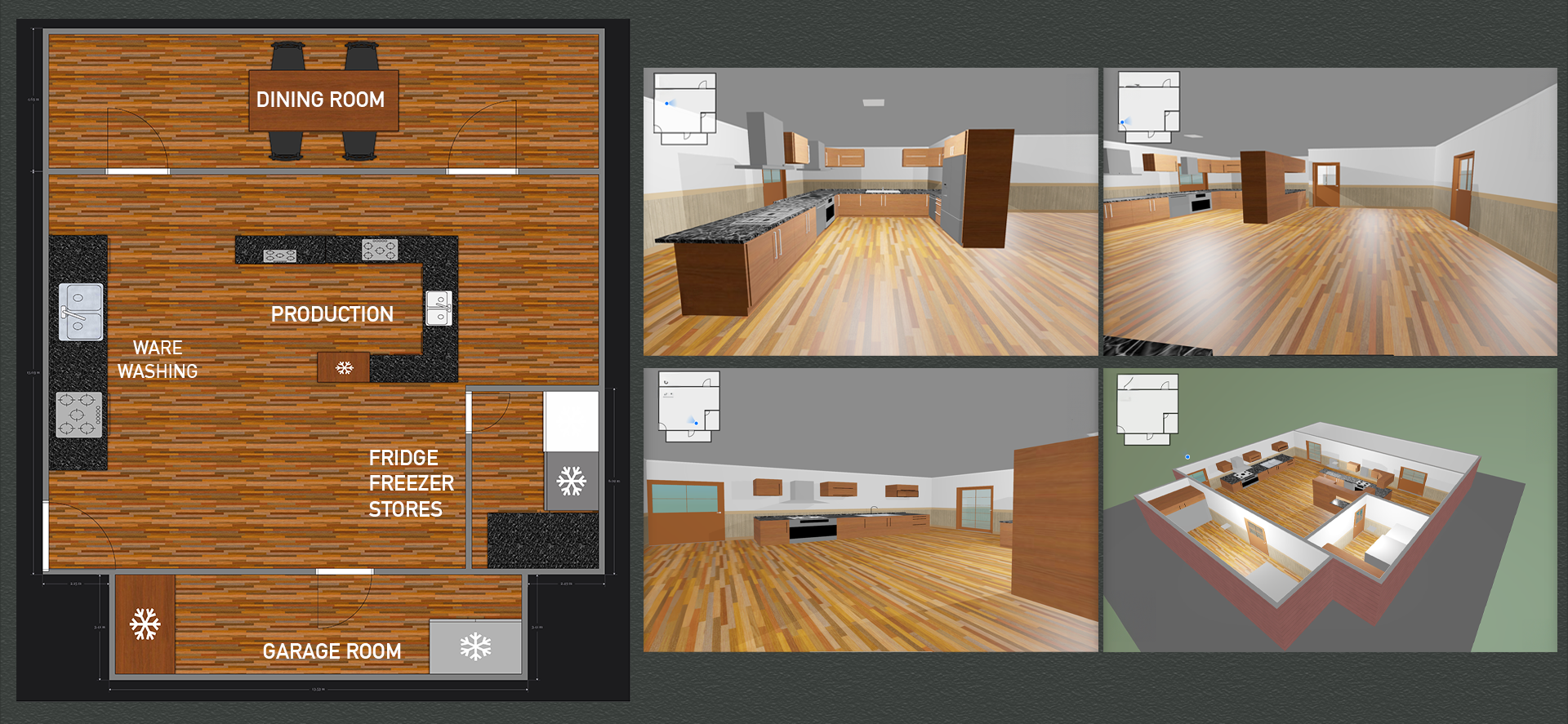2.2 Facility Design
Facility Design involves “the process of planning and creating the physical features and architectural elements of a building or structure, with the aim of improving functionality and aesthetic appeal” (Science Direct AI, 2025). Facility Design has an impact on facilities management goals, such as security, and safety. Design also impacts efficiency. The ability of the staff to navigate the physical structure and complete tasks in a timely manner without excess waste is often dictated by facility design.
Workflow analysis should be completed for the big picture of food service looking at how food will flow or move through the facility. A smooth and efficient process flow that maximizes the use of space, enhances communication between staff and provides flexibility for future growth is the objective of the analysis.
Examples of food service with good flow. Follow food through the big picture of food service from the receiving door to waste disposal.

Ask the following questions:
- At any point in time, is there an opportunity for food cross-contamination?
- Does each person have enough space to complete the task?
- How many steps does each person need to take to complete their task? Is this reasonable?
- Can the layout be changed to reduce the number of steps required?

